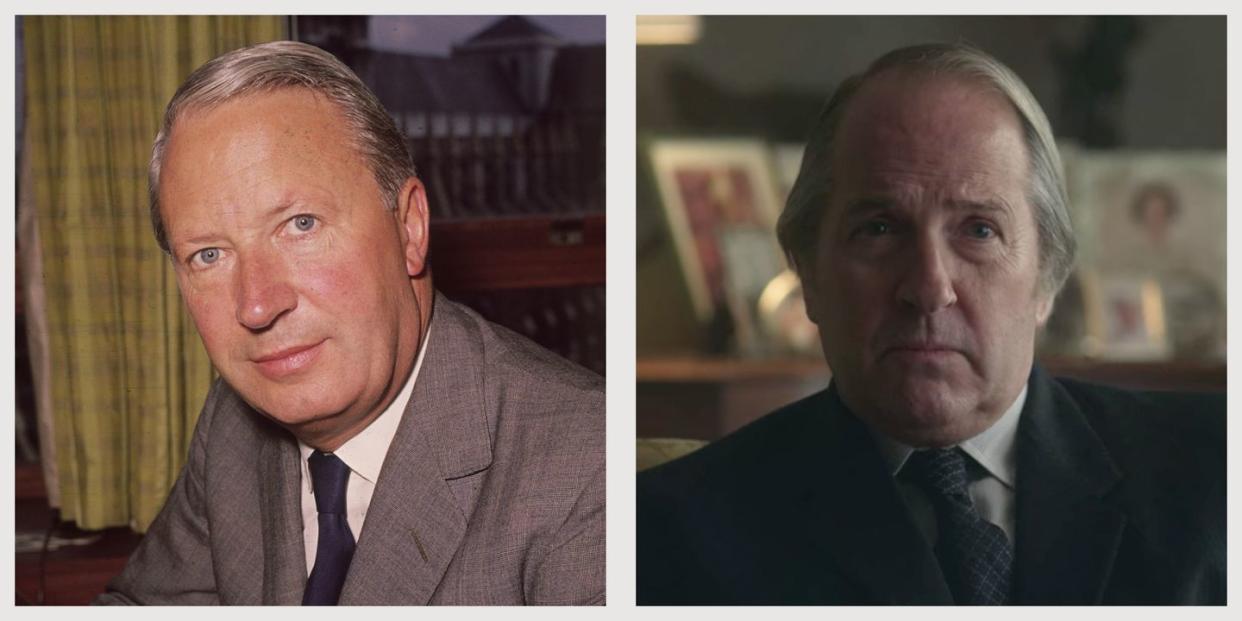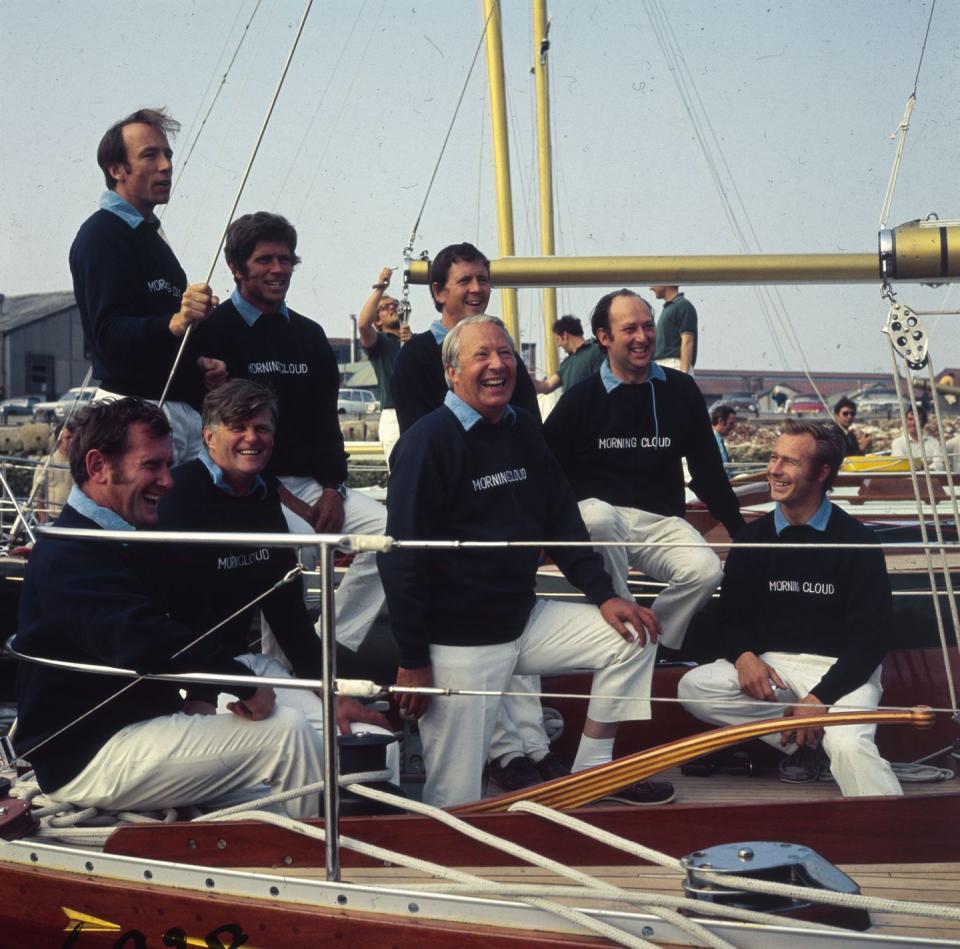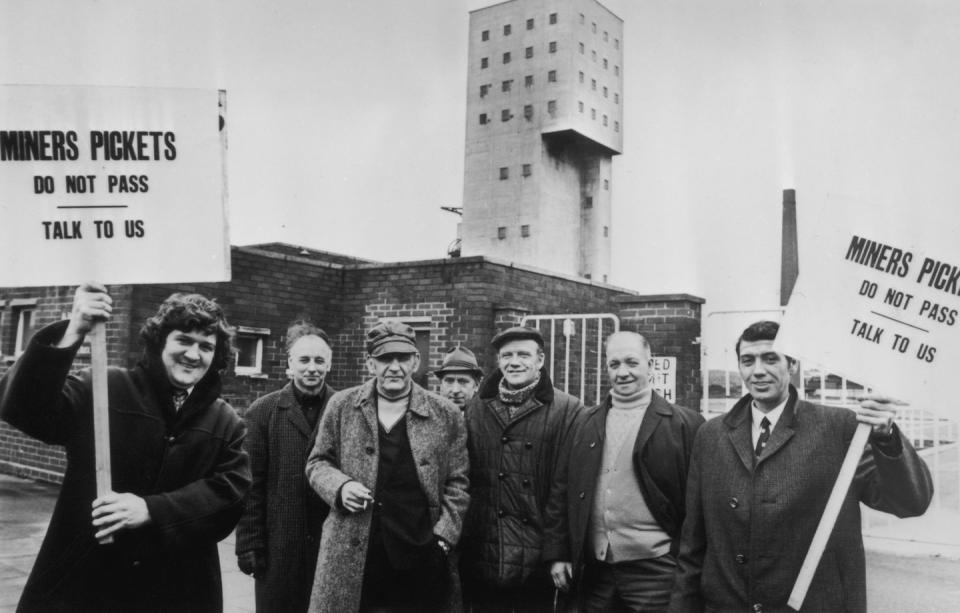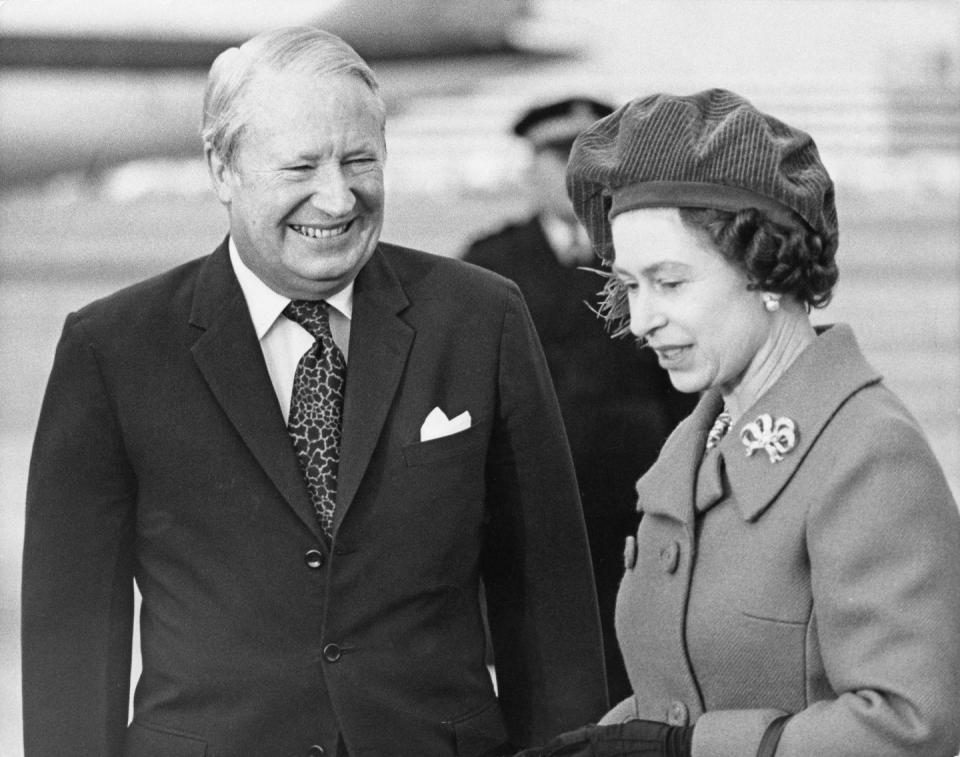The True Story of Queen Elizabeth's Sixth Prime Minister, Edward Heath

In the period between Harold Wilson's first term as Prime Minister and his short-lived second term, another PM took over 10 Downing Street, Edward Heath. Fans of The Crown may recognize the beleaguered leader who made an appearance during the show's third season. Here's everything you need to know about him.
Early Life
Edward Heath, better known as Ted, was born in July 1916 in Broadstairs, Kent. The son of a carpenter, Heath distinguished himself as a young man with his gift for music, earning a scholarship to Balliol College at Oxford University for playing the organ. During his university years, Heath traveled throughout Europe and saw the rise of Hitler's Nazi party first hand while in Germany.
Heath served in the Royal Artillery during the second World War, earning the rank of Lieutenant Colonel. After the war ended, he briefly worked in civil service, before turning his eye to politics.

Heath's Personal Life
Heath was well known in his lifetime for having never married, becoming one of just a handful of British PMs to remain lifelong bachelors. He was similarly noted both for his passions for music—he famously brought his own piano in to Downing Street when he took over as PM—and sailing. As a yachtsman, he competed on an international level, including captaining the British team to a win in the 1971 Admiral's Cup.
Heath's Political Career
In 1950, Heath was elected to Parliament and rose quickly in the government, serving as Chief Whip under Prime Minister Anthony Eden and later taking charge of Britain's attempt to enter the European Economic Community (the precursor to the European Union) in 1963 under PM Harold Macmillan.
In 1965, he was elected leader of the Conservative party, becoming the first modern Conservative leader not to come from an upper-class background. Heath suffered a defeat in the 1966 general election at the hands of Harold Wilson, but the tides turned for him four years later when he took Wilson's title in the 1970 election.
Heath's service as Prime Minister from 1970-1974 was marked by a few significant highs, including Britain's official entrance into the EEC in January 1973, as well as controversy.

The Labor Strikes
Just as Harold Wilson had as Prime Minister before him, Heath's tenure as PM was dogged by economic issues of rising inflation and sterling crises. He had campaigned for the job in large part on a platform of cracking down on trade unions, of which Britain then had more than 600. His government instituted pay freezes as a form of cutbacks, but the unions, upset that wages were not growing at the same rate that prices were, were angered and numerous industries went on strike during Heath's time at Downing Street: dockworkers, postal workers, power workers, even garbage collectors, who refused to run pickups for six weeks.
Perhaps the most impactful of all were Heath's tangles with the miners union, who went on strike once in 1972, and then again in 1974. Most of the U.K.'s energy at the time was produced by coal-fueled power stations, which, combined with an oil crisis in the middle east, left miners in bargaining position as the strike drug on in 1974. The national speed limit was cut from 50 mph to 20 to conserve oil reserves; the government encouraged citizens to share baths and make use of candlelight instead of electric lights; and blackouts took place nightly throughout the country. Ultimately, Heath instituted a 3 day work week to cut back on electricity use.
It was during this period that Heath called for another election, anticipating that the public would consider the power shortages as the fault of the miners union. However he failed to gain a majority in Parliament and the Prime Minister's seat eventually returned to Harold Wilson.

Post-PM
Following his defeat in the election, Heath was replaced as the Conservative party leader by Margaret Thatcher in 1975. Heath maintained hostility toward Thatcher for the remainder of his political career, refusing a position in her cabinet. Nonetheless, Heath retained his position in Parliament for nearly three more decades, becoming the Father of the House—an honorary title given to the longest-serving MP—before his retirement in 2001.
In 2005, Heath died at the age of 89.
Allegations Against Heath
In 2017, following a two year investigation on the part of the British police, allegations of sexual misconduct and sexual assault surfaced against Heath. Of the 42 allegations, police at the time said that seven of the claims, including five accounts of sexual assault against boys as young as 10, were serious enough to have warranted Heath being questioned, had he been alive at the time. According to reports, the allegations covered a time period of nearly forty years, beginning in 1956 to 1992.
You Might Also Like

